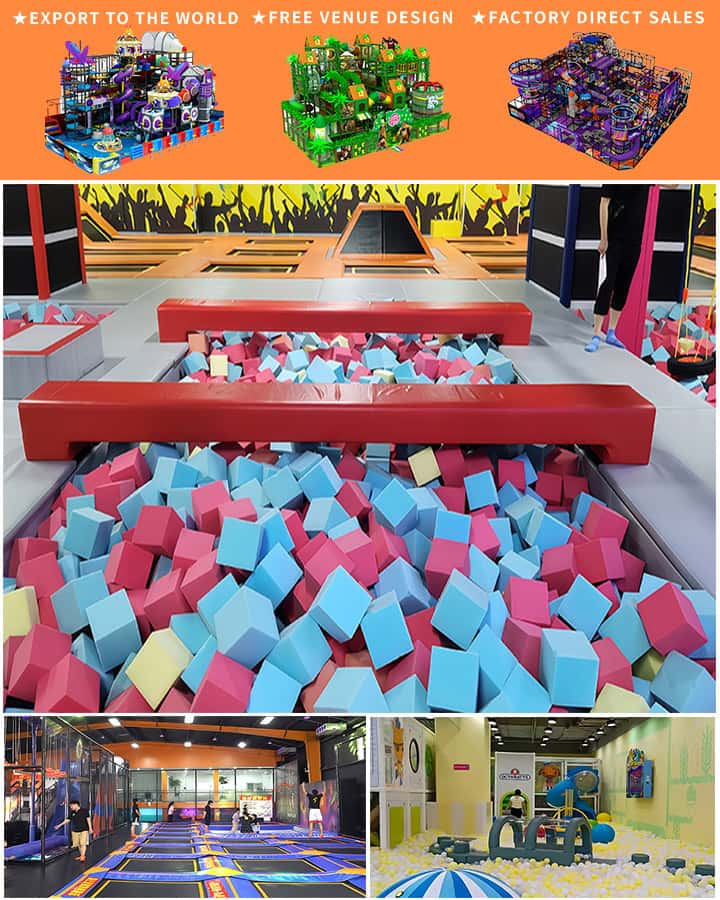Creating an inclusive playground environment is essential to ensuring that children of all abilities, including those with autism, can enjoy and benefit from outdoor play. Children with autism often face sensory sensitivities and motor challenges that can make traditional playground equipment daunting or uncomfortable. Fortunately, innovative playground equipment designed specifically for kids with autism has been developed to address these needs, promoting physical activity, social interaction, and sensory integration in a safe and enjoyable setting.
Sensory-Friendly Features
Playgrounds equipped for children with autism prioritize sensory-friendly features to help mitigate sensory overload. This can include the use of softer, muted colors rather than the bright primary hues commonly found in traditional playgrounds. Additionally, materials like rubberized surfaces or soft mats can reduce noise and provide a more tactile experience for children who may be sensitive to textures.
Adaptive Play Structures

Adaptive play structures are another crucial component of autism-friendly playgrounds. These structures are designed to accommodate various physical and cognitive abilities, allowing children with autism to engage in play activities that might otherwise be challenging. For example, swings with secure harnesses provide additional support, helping children who struggle with balance to enjoy the sensation of swinging. Similarly, climbing walls with larger handholds and non-slip surfaces offer safer access to elevated areas, fostering confidence and physical development.
Sensory Integration Areas
Integrating sensory play areas within the playground environment can significantly benefit children with autism by offering them controlled spaces to explore different sensory experiences. Elements such as musical instruments, water tables, sand pits, and tactile panels allow kids to experience varied sensory feedback in a manageable way. These areas encourage curiosity and imaginative play while providing a calming effect for children who may be easily overwhelmed by loud or chaotic environments.
Social Interaction Opportunities
Children with autism often benefit from structured opportunities for social interaction. Playgrounds designed with this in mind feature communal play structures that encourage cooperative play. For instance, group seesaws, merry-go-rounds with multiple seats, and collaborative games like giant Connect Four or interactive storytelling installations can promote teamwork and communication among children. These shared experiences can help children with autism develop social skills in a supportive and engaging context.
Calming Spaces
Incorporating calming spaces within the playground is also vital. These designated areas offer a retreat for children who need a break from sensory stimulation or social interactions. Quiet zones equipped with bean bags, shaded seating, and gentle ambient sounds provide a soothing environment where children can relax and recharge before returning to play.
By focusing on these thoughtful design elements, playgrounds can become more inclusive and accessible for children with autism, allowing them to explore their world, build friendships, and develop essential life skills. As awareness and innovation continue to grow, we can look forward to even more creative solutions that ensure every child has the opportunity to play freely and joyfully.




